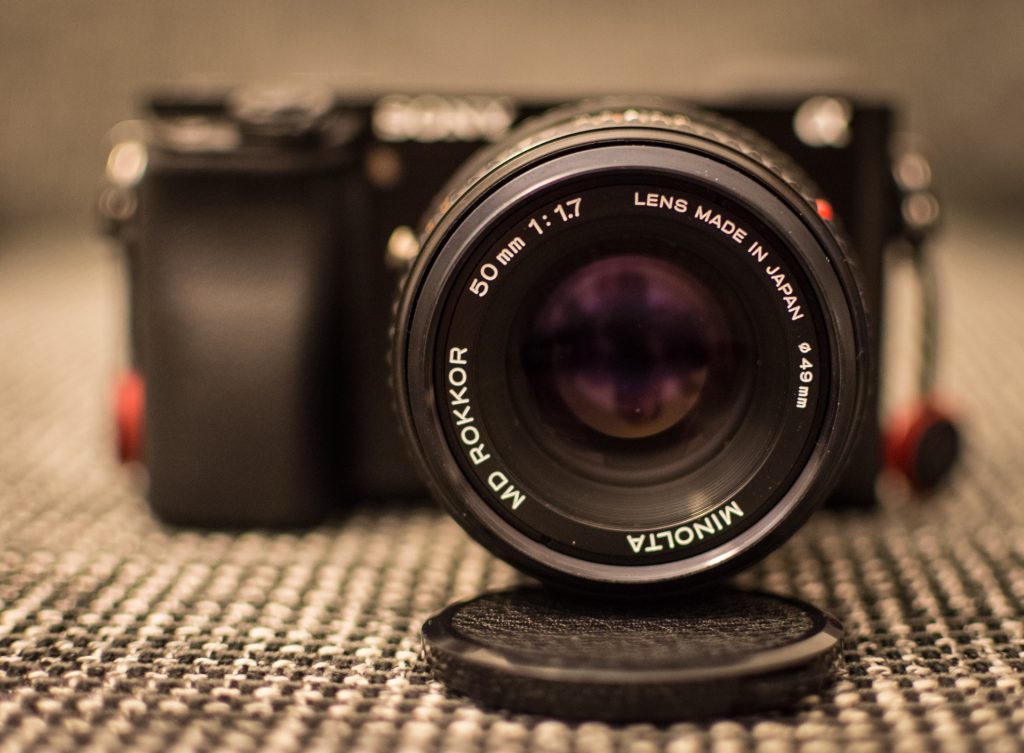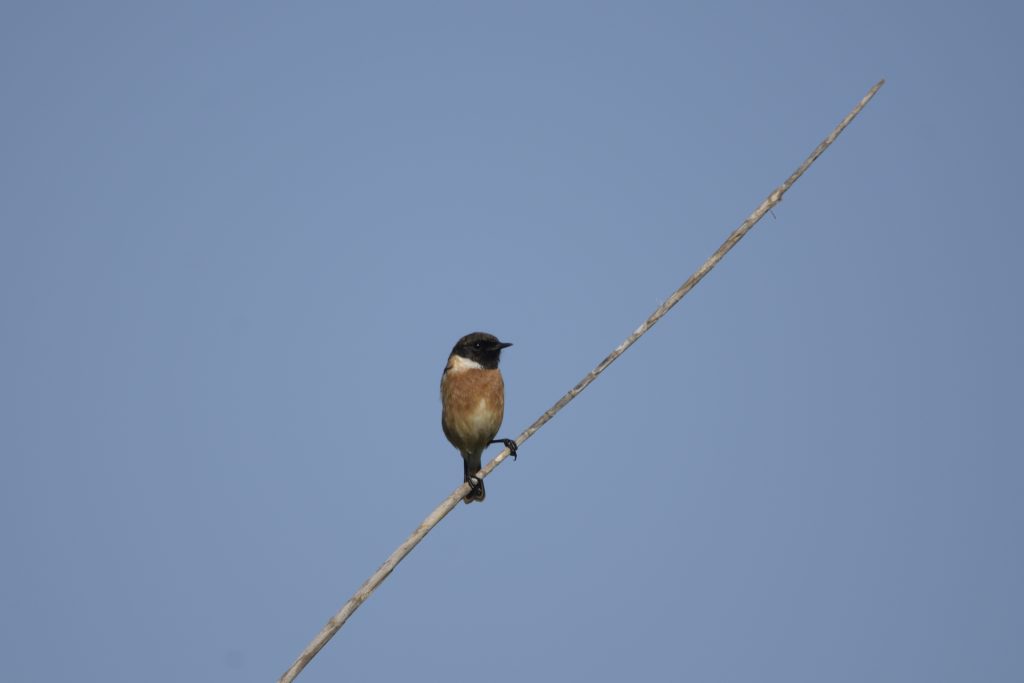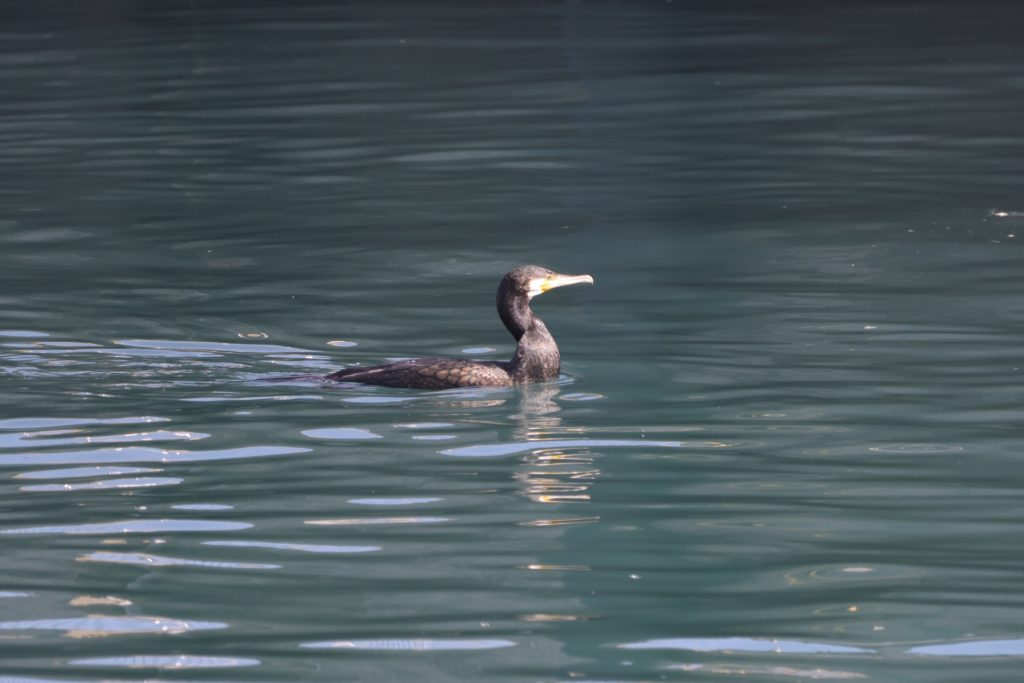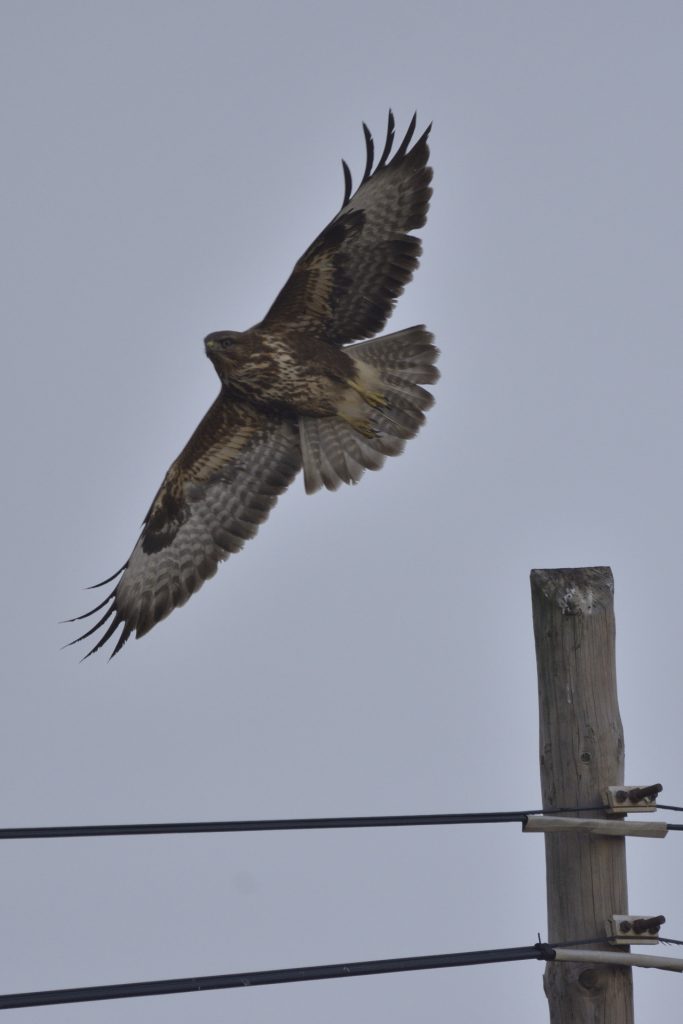
After testing the manual Minolta lense collection on a Nikon D7200, I purchased a converter to use them on Sony E-Mount bodies like the Sony Alpha 6000 I could borrow from a friend.

After the Nikon D7200 results were unsatisfactory, I have to admit that the set works pretty well with Sony. You can definitely create some beautiful pictures with this combination. It looks fantastic, and handling of the lense and the balance with the Alpha 6000 body is very pleasing.

I struggled a while with the settings and I am still not sure if I was able to use the camera to its full extend, but I ended up using manual mode and shutter priority a lot. Yet, it always appeared that the camera is really not meant to be used like that – might be due to my lack of ability and/or the fact that I shoot with a DSLR for almost a year now and got used to it. So I missed some shots to that circumstance.

The focus peaking, to my great relief, is absolutely helpful (when set to high) and supports manual focusing effectively. I did miss sometimes, but not that frequent. And I believe with more experience this isn’t an issue anymore. What is actually more tedious is the fiddling with the camera buttons until I was able to check if the image actually ended up sharp. On Nikon, I push one button, on Sony I could not figure out how to fasten up the process. You have to push the Zoom button and then use the big dial – with no indication at which scaling the picture is shown. I hope this can be fixed in the settings, but I did not find anything.

However, it’s truely a joy to revive these old lenses – and when fate brings the opportunity to get hands on a cheap Sony Alpha 6000 (or even better, the 6500 with image stablilizer for the sensor) I will definitely consider it. Current 400€ price at the big stores is a little too much for me right now, as I would only use it as a secondary camera (yet this is a killer price for a high quality APS-C sensor, I don’t think the Nikon D7200 sensor is much better).
Interesting alternatives are the full frame Sony Alpha 7 body and its sucessors (like the one with image stabalized sensor) as well as any of the Fuji APS-C cameras. It is reported that they work well with Minolta lenses and have more interesting features like better manual mode handling and nice film simulations. But both alternatives come at higher prices and would make more sense when switching completely – which I don’t feel comfortable with to be honest.
If you are a Sony or Fuji owner I think buying a second hand 50€ Minolta lense, like the 50mm f1.7 or f1.4 is a cheap way to get interesting portrait pictures for more than a reasonable price, as the adapters are not more then 20€.
Here some sample images how Minolta lenses combine with the Sony Alpha 6000.







































